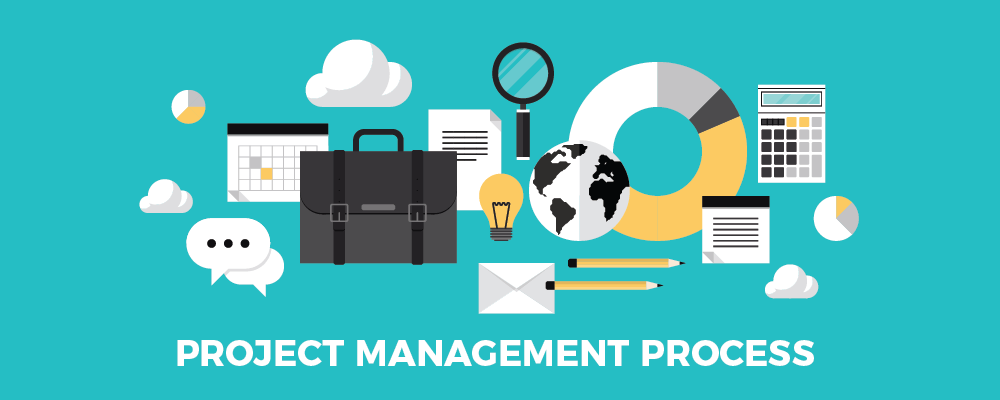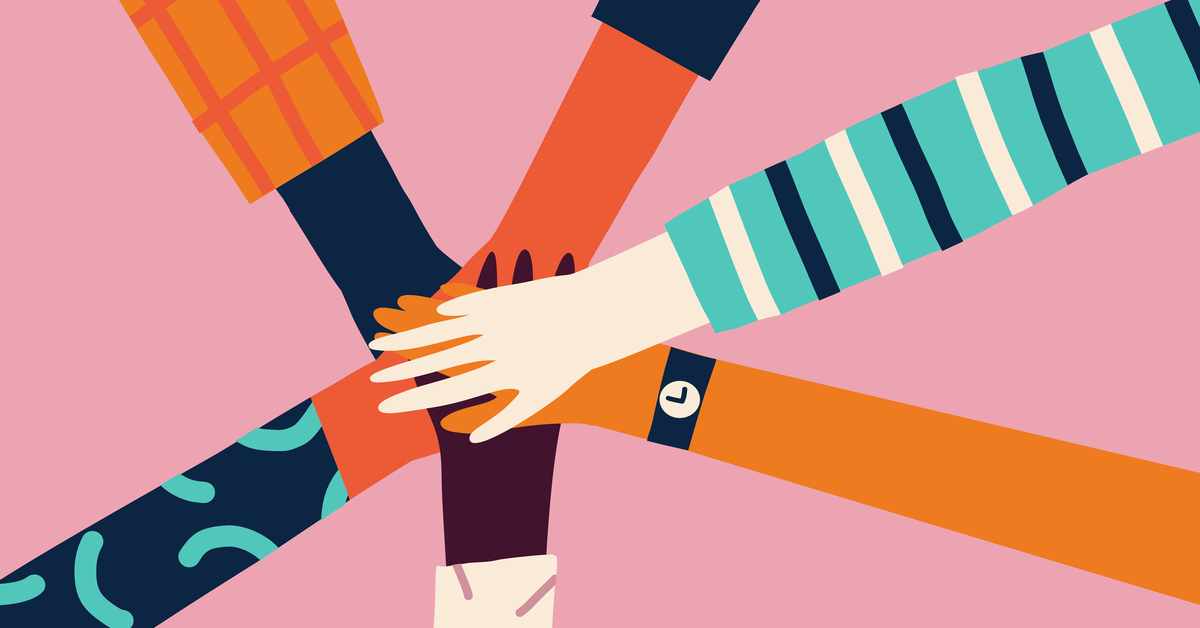Not all projects are the same, and that applies to their required resources as well. Depending on the objectives, execution, strategies, and many more such factors, a project may or may not need certain tools. However, that does not imply that the same resources will not be used in another project. Despite this varying usage of resources, as a business, you would like all your tools in one place and in an integrated manner so that no matter which project requires them, they will be ready and available for use.
Forming such an integrated collection is a solid step to having a good project life cycle and ensuring that it succeeds. Otherwise, imagine having to search for designated tools, required data, etc., every time a new project starts. To solve that problem, we have something called a Project Management Stack. In this guide, we will go over everything related to Project Management Stack so that you can have the best project management experience. Let us get started!
Table of Contents
Project Management Stack— what is it?

A Project Management Stack is kind of a collection where all related tools are used to complete a project. They are integrated and designed in a manner where accessing and sharing information is easy and efficient. This allows team members to focus more on completing and achieving project goals rather than waste time performing repetitive information-gathering activities.
A Project Management Stack helps to address various project management challenges without any difficulty. Some of the challenges that it addresses are:
- Delay in communication and confusion
- Inadequate project planning
- Delay in performances
- Project failure due to insufficient risk management
A lot of things go into creating the suitable Project Management Stack for a company, including its size, the number of employees, revenue generated, thorough and analytical understanding of project management resources, and the intricacies of the projects. Once you have understood these, creating the perfect Project Management Stack for the company would be a breeze.
Analyze the Project Management Process

Before starting on anything else, you first need to take a look at the project management processes that your teams use. Once you have analyzed and evaluated the processes, you will be clear about the requirements, which will help you create the ultimate Project Management Stack.
Sit with your teams to break down every workflow and method used in your current project processes. Visualize the processes with the use of a whiteboard or digital boards. You may also use flow charts and sticky notes to make it as clear and detailed as possible.
Once you have it laid out, ask your team members to point out the areas which seem the most difficult for them. These are the areas that you should be concentrating on with the help of the Project Management Stack.
Areas to focus on while building a Project Management Stack

A lot of tools can make up a robust Project Management Stack. However, instead of fumbling around every aspect, let us focus on the primary factors and the respective tools that can make the Project Management Stack a reliable one. Those are:
1. Preparation
The most essential and foremost phase of a project life cycle is the planning and preparation phase. This is the phase that determines whether the project has enough potential to succeed. The manager lays out the initial sketch for the project, which is then worked on to create a proper plan to be followed in the execution and control phase.
The team draws up the objectives, time required, estimated budget and resources, and other required factors to make the project a success. With the help of the right tools, it becomes easier to make these estimations and allocate the right task to the right individual.
In this stage, the perfect tools would be Project and Resource Management Software. Let us take a closer look at what these tools are:
- Project Management Software
Project Management Software is perhaps the most important tool of all for a business to have for managing projects. This tool helps manage various aspects of a project throughout the life cycle. Some tools have features that can assist from the first stage of a project until the last one. It offers various features like scheduling, tracking, communication tools, budgeting, and task tracking.
- Resource Management Software
Resource Management Software tool allows you to monitor your human resources by keeping track of their skills and availability. With unique features, it is an excellent tool for quickly allocating team members to different roles and tasks. It also allows you to track the time a member needs to complete any given task. If you have members who have multiple projects assigned to them, the tool can help the correct allocation of tasks to members to stop the members from over-working and avoid any delays.
Several amazing planning and preparation tools are available in the market, such as Smartsheet and Asana.
2. Monitoring

The next important area to look out for is the monitoring phase. Once the project is initiated, it now has to be constantly monitored by the manager to ensure that the designated tasks are being carried out efficiently and within time and that the goals are being met. A lack of control and monitoring can cause the project to fail.
In this phase, the team would require some robust task and time tracking and monitoring tools to help keep track of tasks and activities. Tools to help out with expense tracking are also beneficial here. Let us take a closer look at these tools:
- Time and Expenditure Software
As the name suggests, these tools are great at tracking the time spent on each task and the budget spent on the project with specifications. It can help track the work hours of every member, analyze members’ contributions, and monitor every expenditure made on behalf of the project. This tool is perfect for teams that deal with hourly charged client-based projects.
- Project Tracking Software
Similar to the above-mentioned tool, it can help track time and expenditure and various other aspects of a project. The software provides reports and insights based on the data it has accumulated by tracking mentioned variants. This can help you improve your performance further and boost efficiency.
There are many great business tools that can help you control and monitor your project better. A few that you can consider are monday.com and Harvest.
4. Collaboration

Lastly, a project cannot always be handled by one team alone. At this point, the success of the project depends on how well teams can collaborate among themselves. For a healthy lift to such collaborations, business tools are made especially for such instances. However, as numerous types of collaborative tools are available, be careful where you invest your funds. Here are a few tools that you may consider:
- Document Management Software
Forget having to bother other team members for sharing files and documents. With Document Management Software, all members can dump all project-related documents in one place for other members to access whenever they need. With some amazing organizing features, these tools help in accumulating all project-related documents in an organized digital repository.
This tool is best for teams that work with sensitive and high-profile information, as the tool creates a highly secure space for accumulating such documents.
- Team Communication Software
Featuring elements such as video and voice calls, private and team chats, file, and screen sharing— this tool helps in keeping in touch with all the members without any delays and miscommunication. With tools like these, communication is swift among team members, while presentations and meetings become easier no matter where the members are. This tool is highly suggested if you have a virtual team and have projects that need constant communication.
Some great business collaboration tools that you can consider are Nextcloud, Airtable, and ClickUp.
How can these tools integrate and perform?
A big factor to consider while purchasing any business tools for your business is their integration quality. It implies how well they can unite with the other existing tools that your business already has and uses. When they integrate, they form the Project Management Stack. Now you may wonder, how do these tools integrate?
The answer is simple— they integrate through third-party apps, built-in assimilations, or by using API. These integrations can help in easily updating and accessing information, which in return increases efficiency for planning and execution of tasks.
Creating the perfect Project Management Stack

So there is all that you need to know about Project Management Stack. In short, the best way to create the perfect Project Management Stack for your company is to compile the most suitable tools that your team will need. For that, you need to have a good knowledge of available tools.
You would also need to have a thorough understanding of your teams’ requirements, the issues they are facing, and their strengths so that you can get the right tools and create the perfect Project Management Stack. With this guide, you would know how to assess your teams, which tools to look for, and how to create a Project Management Stack.






